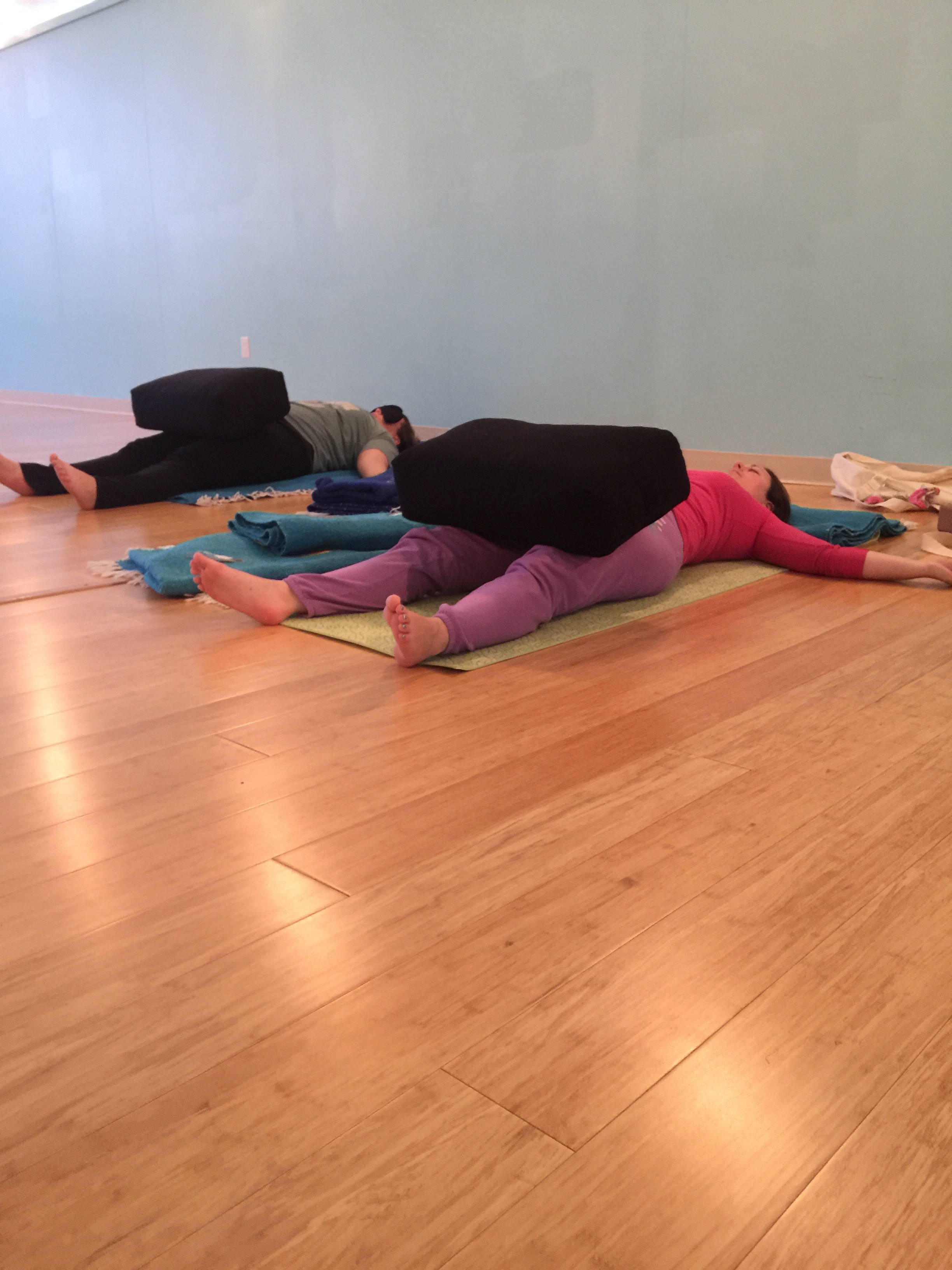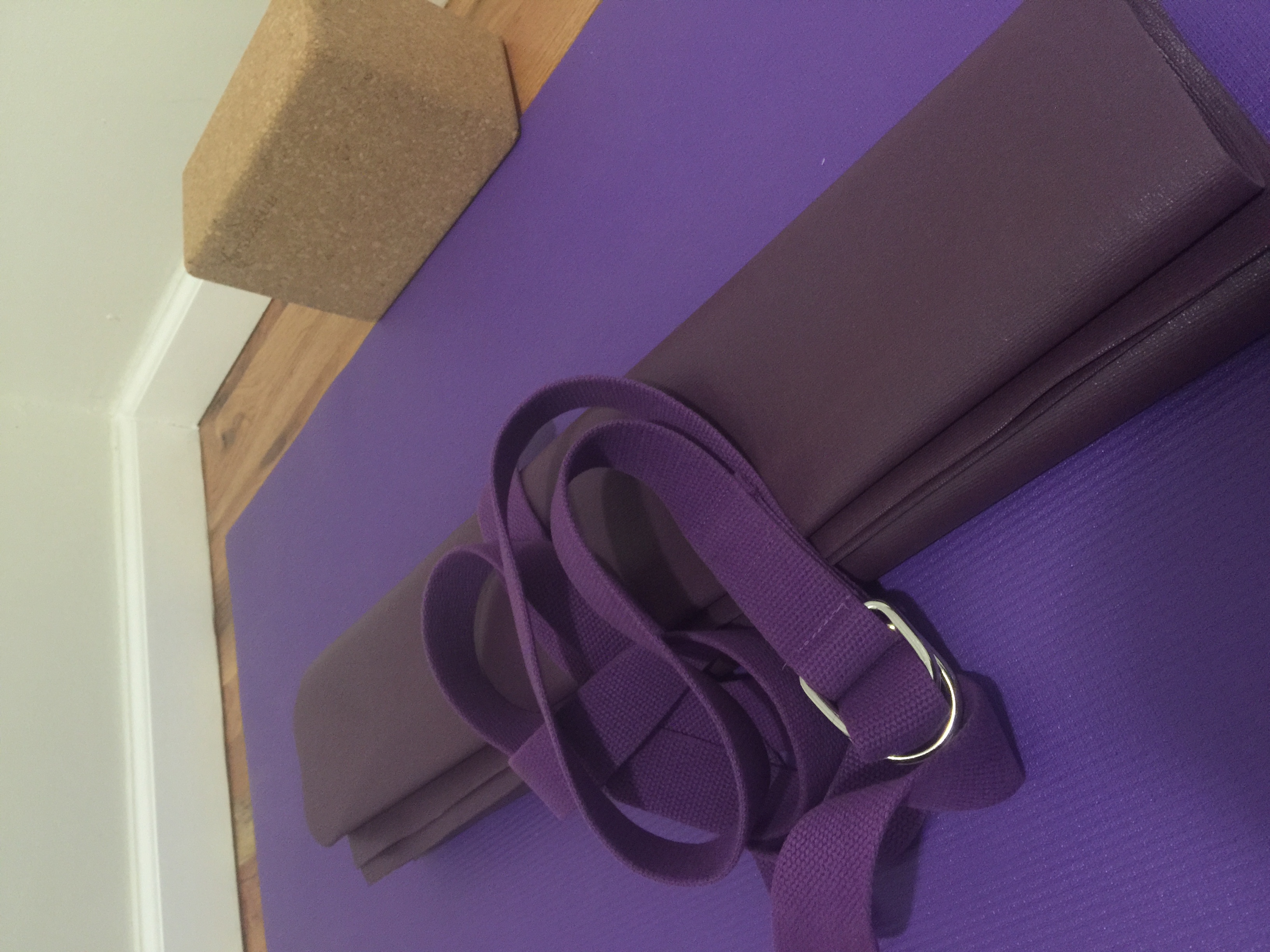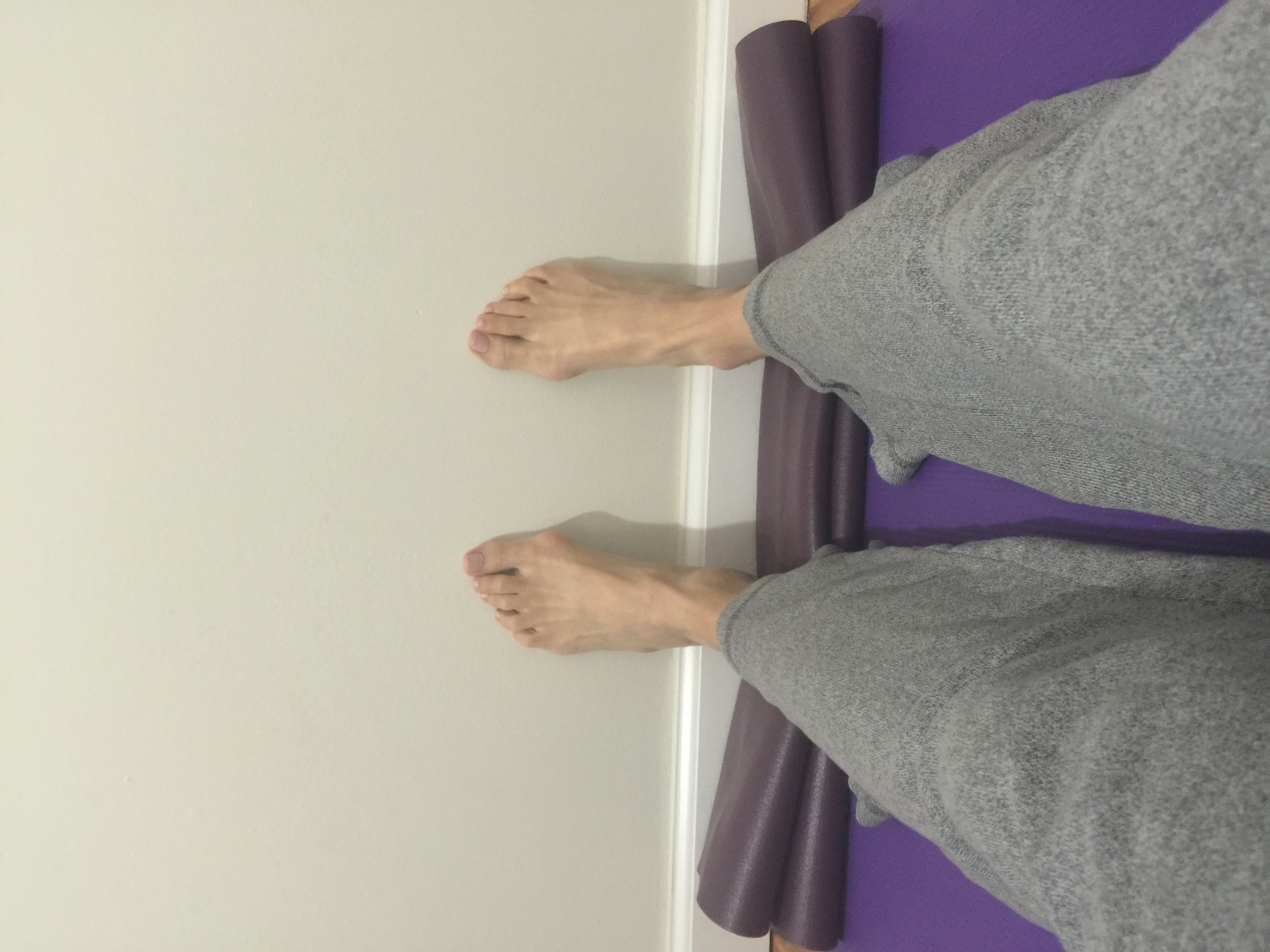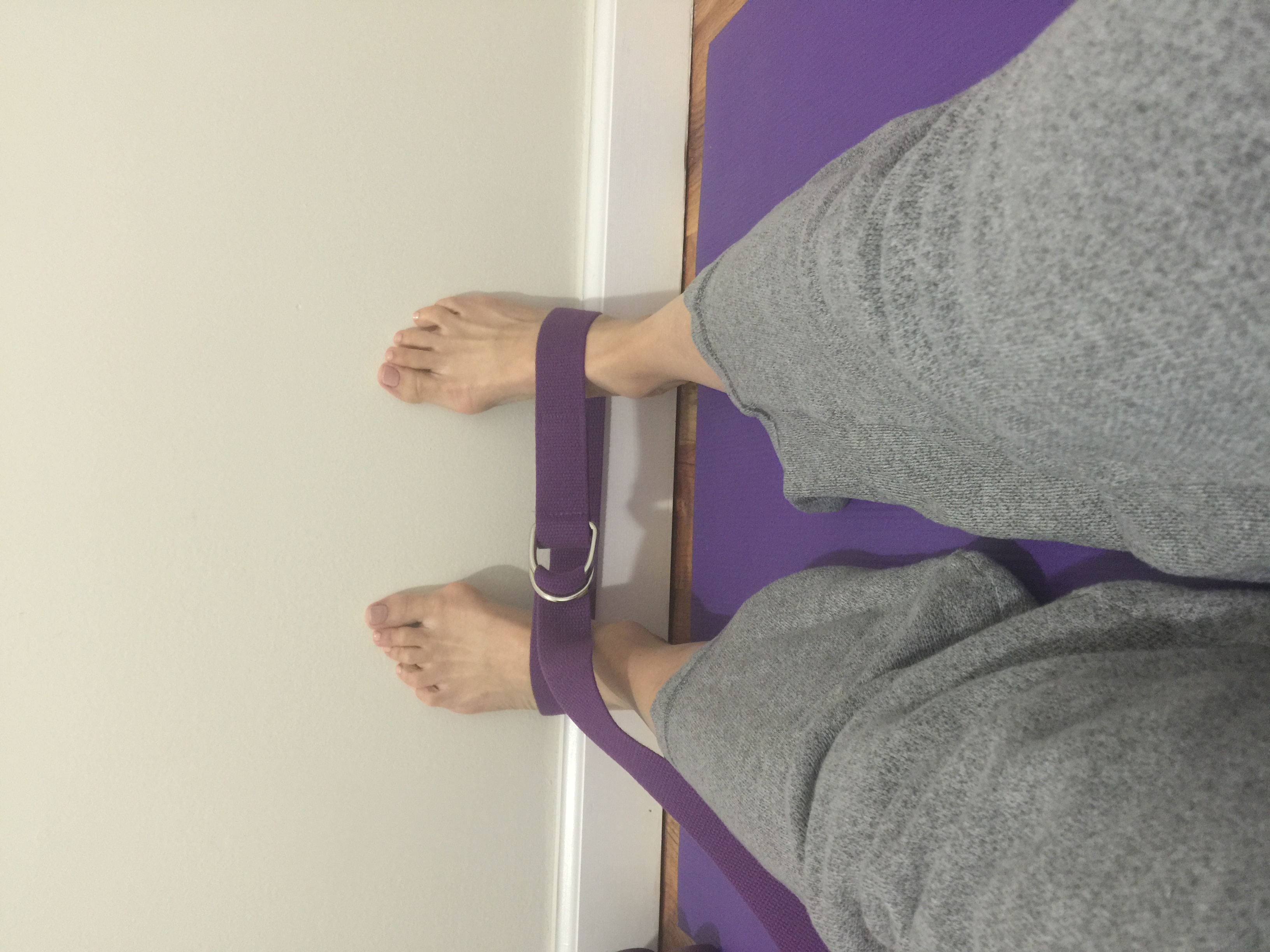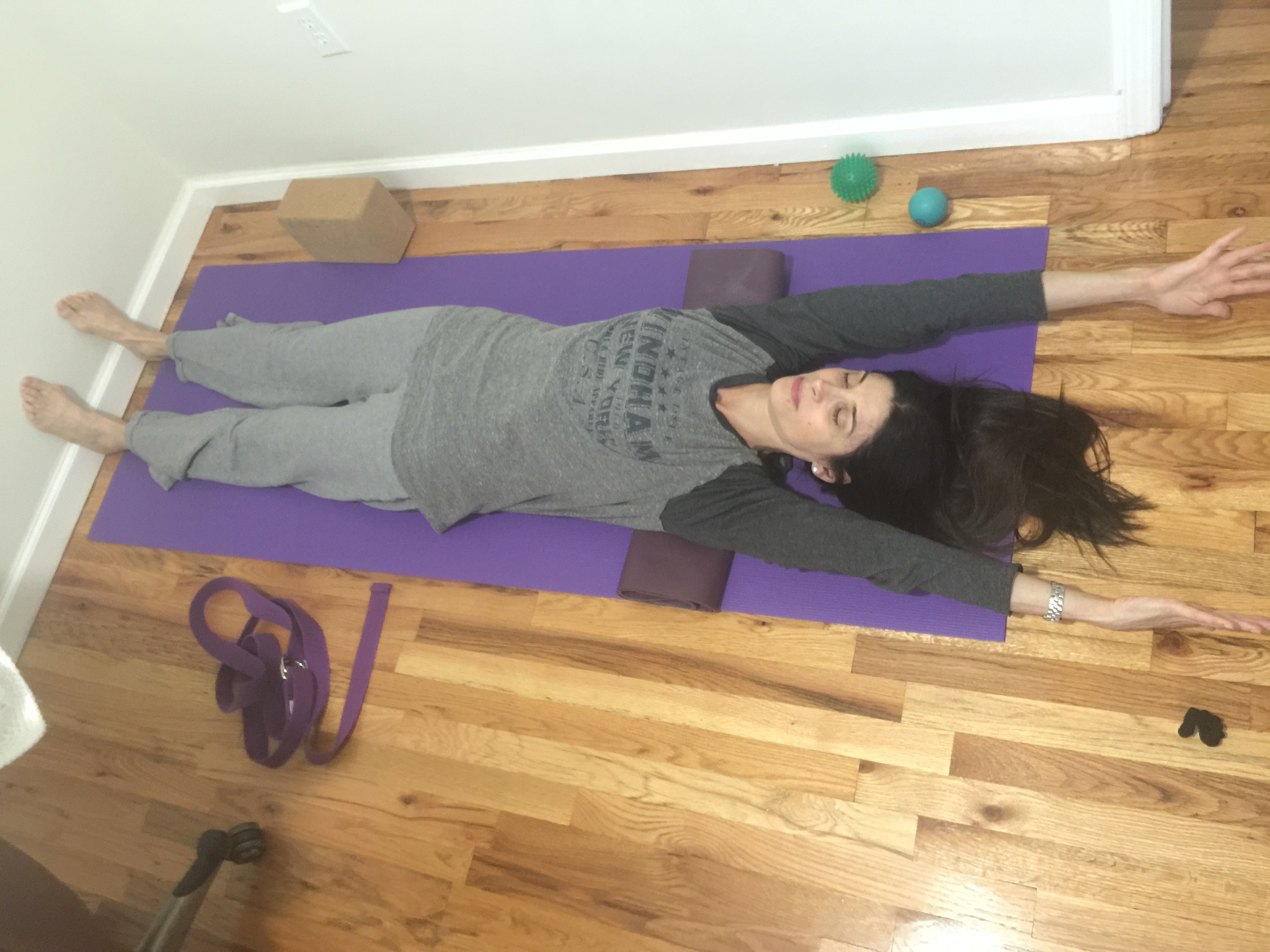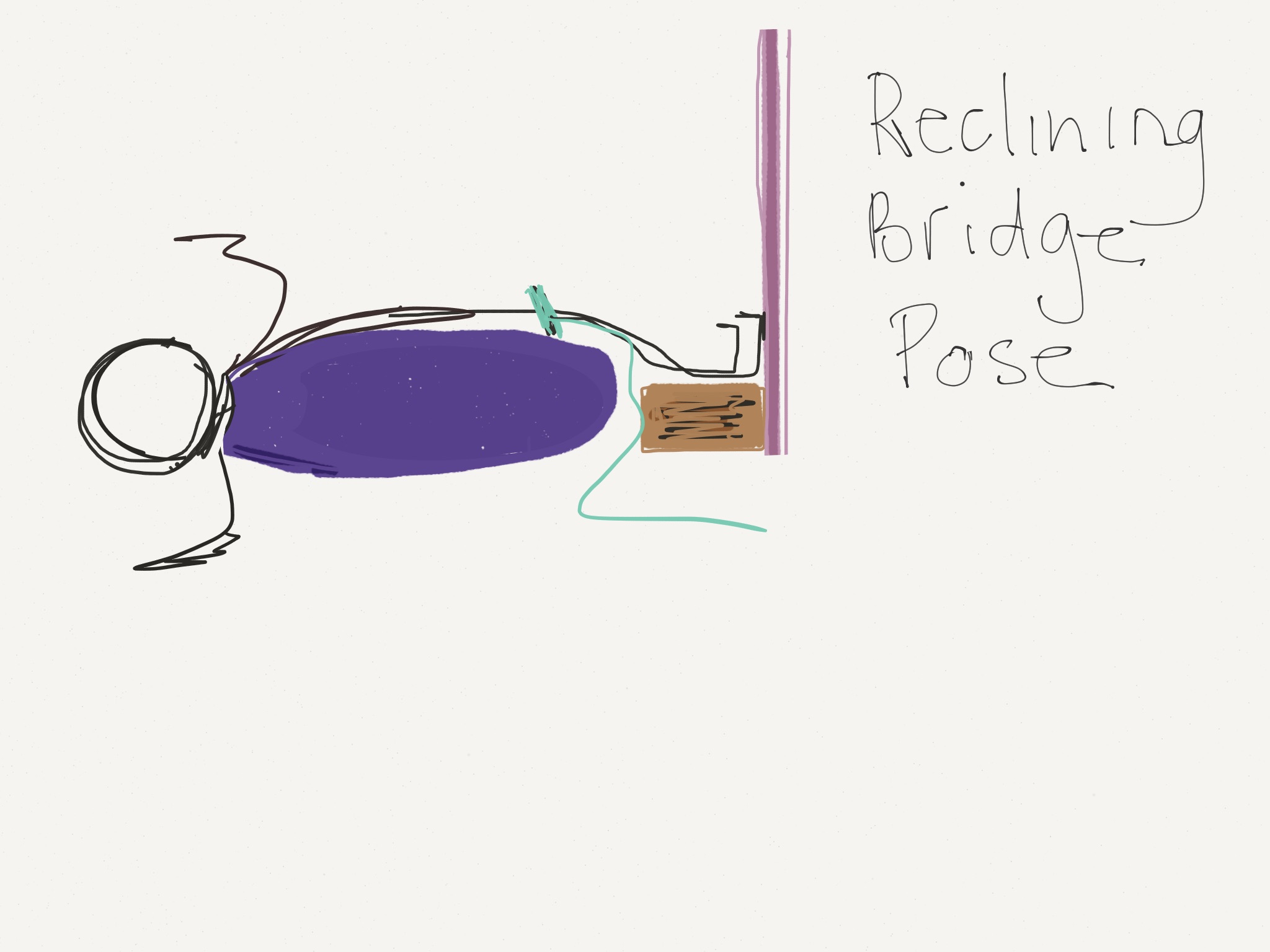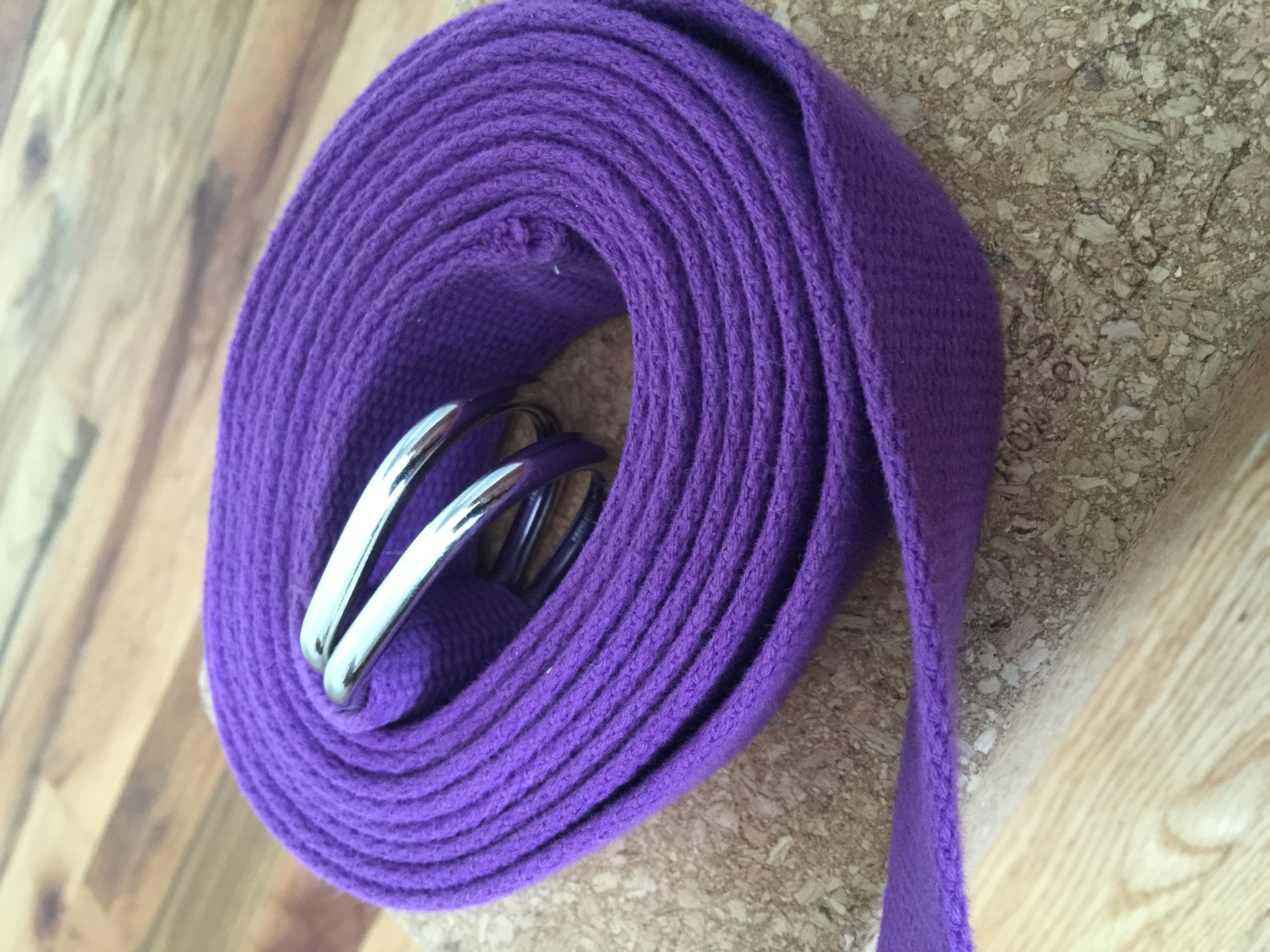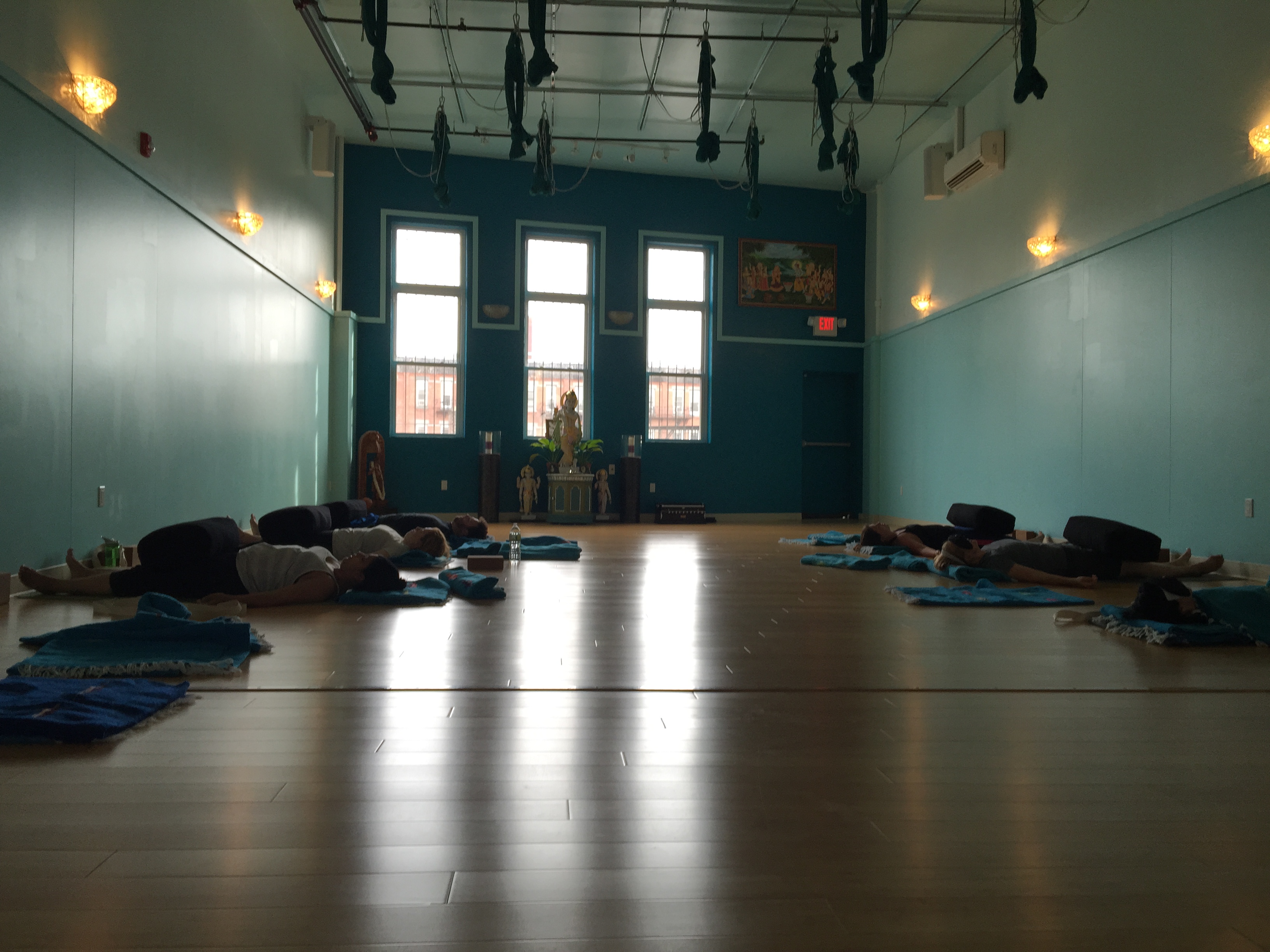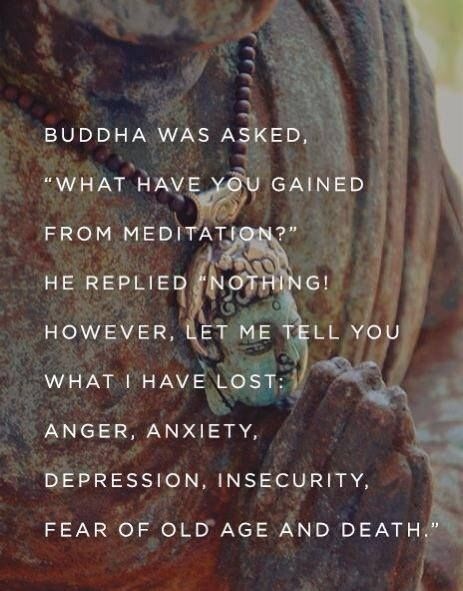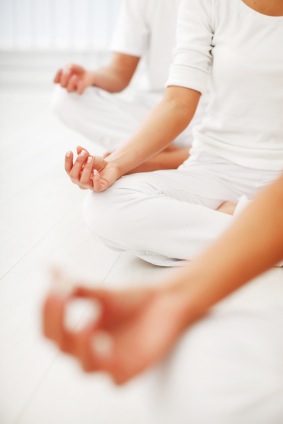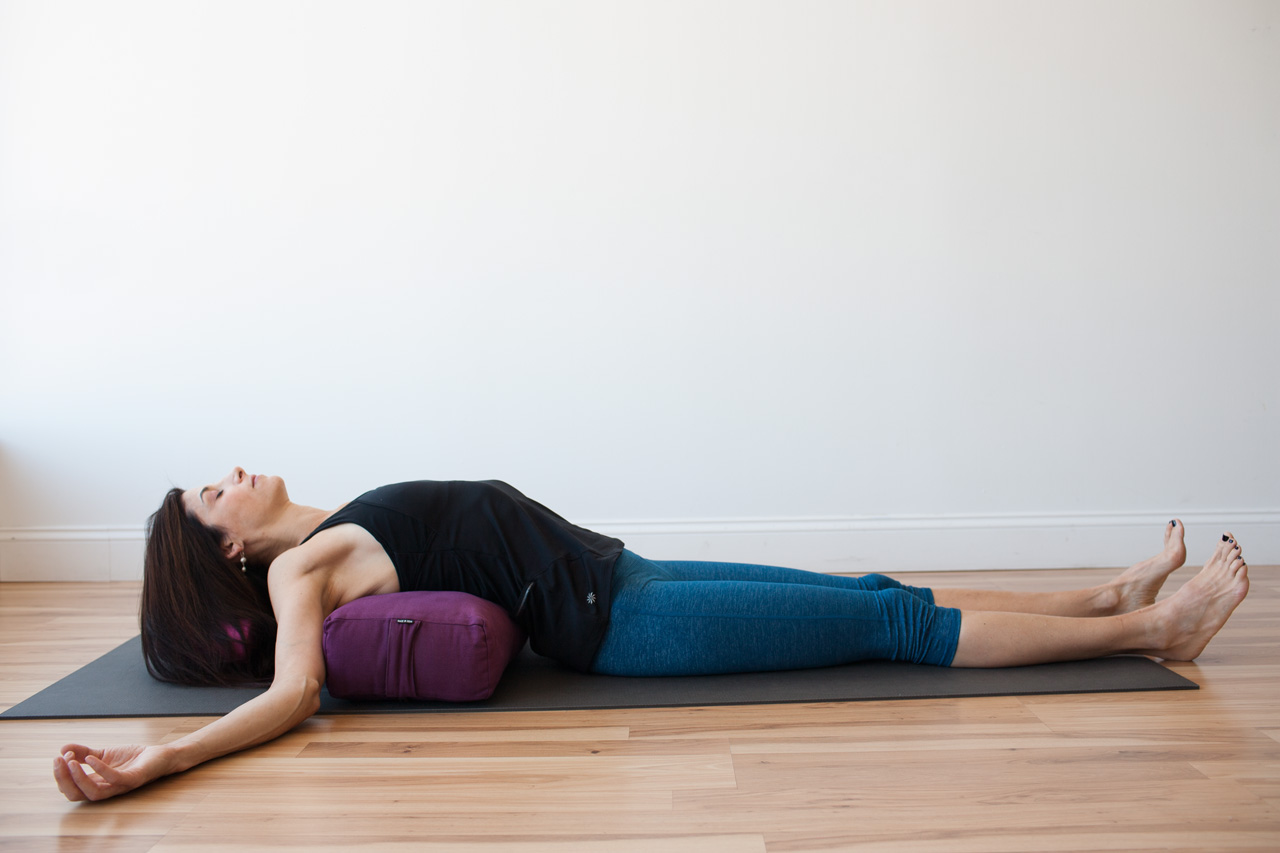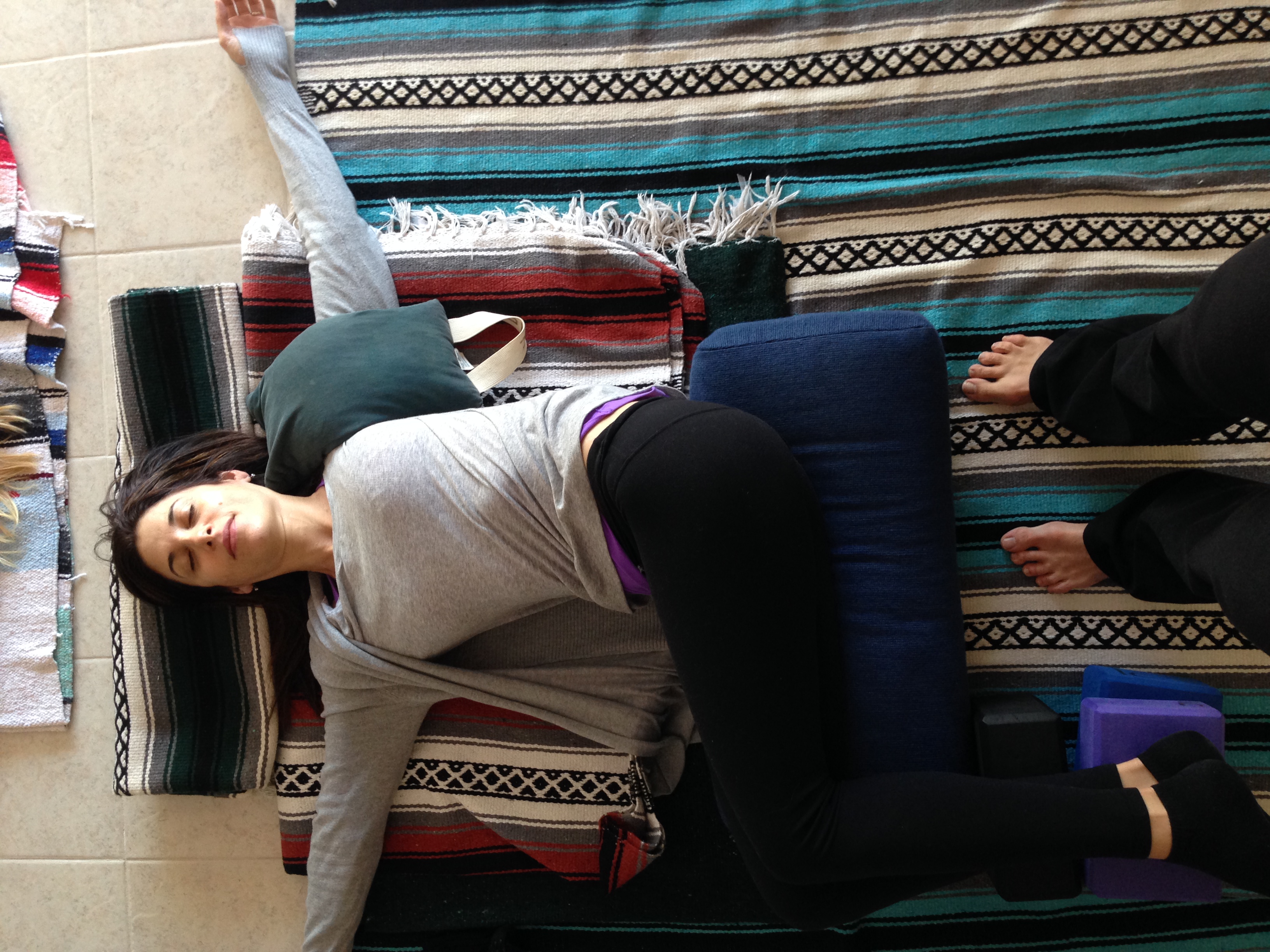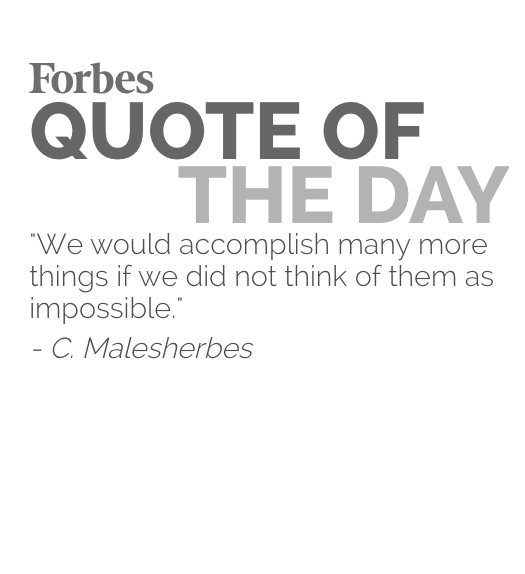
Have a little faith in possibility
Reflections on Love
Love: Reflections… In honor of my anniversary, I am celebrating love and great marriages. As the site responsible for more Jewish marriages than other dating sites, JDate makes a great muse for my reflections on meeting new potential partners online, the dating experience, and finding a lasting partnership.
Why Online Dating? Why JDate?
The face of dating has changed over the past years. People spend way more time in front of their computers, mobile devices and tablets than ever before. The digital age has made the need to rely on dating sites even stronger.
If you are new to the online dating process, it may feel awkward and hard to navigate. However, let me walk you through how simple it is!
JDate has responded to these changes by updating their website to make the experience easier and more streamlined for users. They also have enhanced their mobile presence, with JDate mobile apps for IOS and Android as well as improved the experience for iPad and Tablet users. For instance, if you have AllAccess, it enables you to message and chat via Instant Messaging with anyone, even non-paying members. So with this great new design, why not get started with putting a fresh face on your dating presence!
Your JDate Profile Looks Fantastic!
Your profile is the key to meeting the “right” person. Someone who is in love with you for your quirks, like drinking coffee with chocolate soymilk in it. Someone who enjoys walking in nature, people watching in Central Park, or is looking for a partner who has laugh lines. This being said, be honest and thorough. If I met someone who lied on their profile, I would say, “red flag” and move on.
JDate has so much room for you to share tidbits about yourself that make you real, like your hobbies, interests and goals. This way, someone can see your profile, and get to know you at a glance. In fact, you might reach out to several potentially interesting profiles with a simple email message that expresses that you like what you saw. Since your inbox is now organized by conversations rather than messages, you are able to see all these communications very easily. Don’t forget, you can upgrade to make your profile stand out even more. Shine and browse on!
JDating and the Art of Matchmaking
Ok, so you signed up, have a great profile. You are still a little tentative to actually choose someone to greet and possibly meet. That is ok. JDate’s new Daily Matches feature is a simple, curated look at your best matches each and every day. They base this on the information that you provide so, don’t be so shy, say hi. Now, if someone says hello, be polite even if you are not interested. And likewise, if someone doesn’t respond to you, move on with a sense that meeting your mate is on the horizon, or, even at one of JDate’s offline events.
Going out on a JDate?
Inbox encounters are fine but take things offline so you don’t waste hours typing. First meetings are a chance to see if you have good energy with someone, or enjoy being in their company. If you do, book a date, if not, return to JDate. Hopefully, that person is a profile match away!





